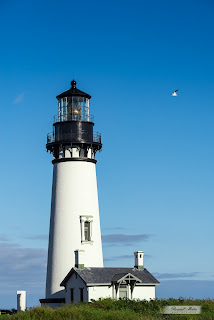I travelled to the Gillespie Dam Bridge area where I knew there was some rarely visited space that was fairly free of obstacles. The Gillespie Dam Bridge is a bit west of Phoenix. Heading west on Interstate 10 out of Phoenix, you take the State Route 85, exit of of it on the Patterson Road exit just south of the state prison. Continue to you reach Old U.S. Highway 80 and turn right heading north. You'll come to the bridge and you can't miss the rusty old steel bridge - there aren't many like it in Arizona!
The spot I went to is on the west end of the bridge. There's rarely anyone there and its pretty open. I thought I might be able to fly along the side of the bridge and also fly around the open area.
Per somebodies suggestion I had taken a piece of particle board to use as a take off and landing pad. If nothing else it would give me a place without rocks to land.
I parked and got everything set up. I had the DJI Phantom 3 in its box and the second box for my other battery. You have to have the propellers off when the unit is in the box. I assembled the drone, hooked my phone to the controller, placed the Phantom on my landing pad, turned on the DJI Go application on the iPhone, turned on the controller, and turned on the Phantom. I was excited and ready for my first real flight!
Here's video of my first excursion. This is a reduced size video - not the full HD size.
I'll admit that I was a bit nervous seeing the Phantom out that far. That's a big part of the $1,000 toy way off in the distance and the YouTube videos of "fly aways" had gotten to me! My old eyeballs could still make out where the drone was but not its orientation. When you push the "pitch" stick (right control) forward to make the drone move forward, it moves forward in the direction of the front of the drone. You can change which direction the front of the drone is facing with the "yaw" stick (left control). The problem is that after a few yaw adjustments it is difficult to tell from a distance which is the front of the aircraft.
And that is a great reason for the "Return to Home" button. The drone figures out on its own which direction to turn and then drives itself right back to you! I tried that out a number of times and frankly it would be hard to get along without it I think. Once you see the drone heading back to you it allows you to take control again if you want and then you can continue to pilot it to where you want it to go next.
I spent time just getting used to the flight controls. I also tried out the "follow me" functionality by having the drone chase me while I walked around. I started trying out the "waypoint" feature but ran out of battery life before I got that done.
 |
| Gillespie Dam Bridge from abut 36 feet elevation Taken with the DJI Phantom 3 Advanced |
On a photographic note, I did take a couple of photographs of the bridge and the dam. I saved them in the DNG RAW format. The histogram looked pretty good. The sky was partly cloudy or partly sunny - not a cloudless sky but also not completely overcast. I thought the daylight was pretty good. I had the ISO set at 100.
 |
| Gillespie Dam Taken with the DJI Phantom 3 Advanced |
When I got home to process the images I was underwhelmed. There was quite a bit of noise in the hills on the right side of the image. I processed them in Adobe Lightroom and it did pretty good but the original just wasn't the same as my Nikon D610. The drone MIGHT be about the same as the Nikon D3200 - which I also don't like any more and rarely shoot with it because of the noise.
I am holding my final judgement on the picture quality of the DJI Phantom 3 Advanced because I've seen decent photographs online taken with it. I want to shoot some more with it and hopefully I'll figure out how to get better images with respect to digital noise. But if they don't clear up I'll be wishing I'd got that Nikon 200-500mm f/5.6 lens instead! I'm already questioning my decision. I didn't want to get involved with video and I don't think I'll become a big quad copter fan, at least not of this big bulky type of 'copter. The FPV Racing Quads might be a different story!






